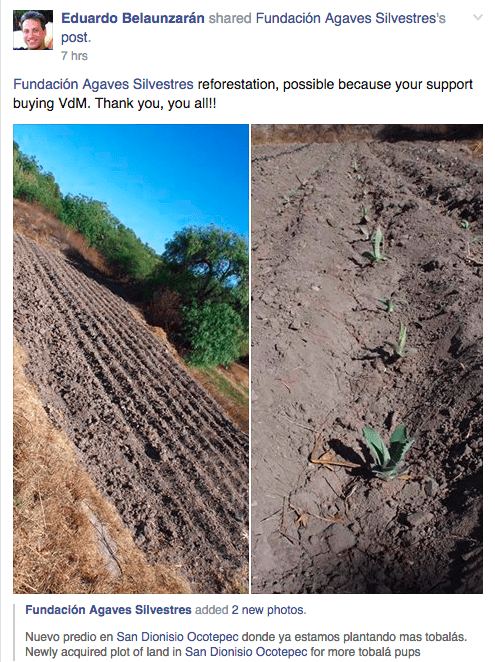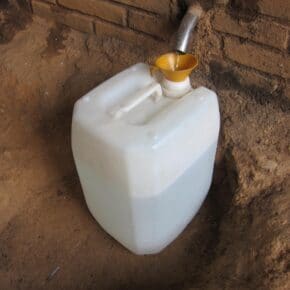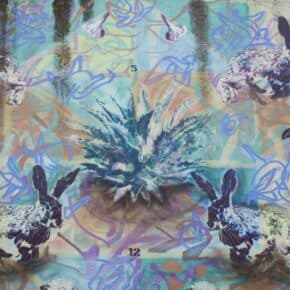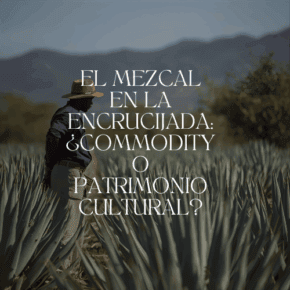
It’s quiet but it’s the sound of agave supply collapsing. At least that’s what Susan heard routinely in her December trip to Oaxaca. I’d heard bits and pieces of this story before, that distillers who devoted energy to cultivating all types of agave are doing well while distillers who buy agave from farmers are getting hit by huge price increases. Now it seems like there is very little agave on the market. Demand for mezcal is high and not enough of agave, especially the wild varieties, was planted 5-10 years ago.
A recent example, the tobala collapse in the valley around Oaxaca seems to be because the first wave of heavy demand from the late 90’s into the 2000’s wasn’t replanted. Some combination of contract distillation and unreplaced harvests left everyone there without any wild agaves.
Enter new thinkers in the mezcal world like the people behind Tosba, Vago, Wahaka who are aggressively propagating agaves on their land and meeting with amazing success. When Judah Kuper from Vago first told me that they were planting lots of agaves previously only seen in the wild I had him repeat himself three times just to make sure that I wasn’t taking his comment out of context.
Now it ends up that not only was he right but the equation is so much more simple, most distillers and farmers didn’t try to cultivate the wild species because previously they just sold to local markets and they could always find enough agave supply in the wild to fill the local demand.
Once mezcal started selling well throughout Mexico and became a hot export they kept harvesting without replanting. They distilled and didn’t farm. There are exceptions like Luis Mendez based in Sola de Vega. He has quietly been cultivating tobalas, coyotes and jabalis for the past 20 odd years, and has shown incredible success in his practices. But he’s the exception to a sad rule.
Now that the estate grown operations are meeting success and have a consistent volume other makers who contracted out for their agave harvests or distilled juice are feeling a squeeze. At the very least it’s financial both because distillers can ask for more pesos/liter but it’s feeling like there’s an honest-to-god supply squeeze which may drive some contract buyers out of business or to raise prices. The good news is that the cultivation approach is spreading rapidly. And then there’s a vast reservoir of agave throughout the country that has yet to be tapped. That’s another factor behind expanding the Denominación de Origen. In the interim Oaxaca’s central valleys are feeling the squeeze.












My wife and I are on toe Oaxacan cost now just got back from a week in Oaxaca. No real evidence of any shortages, except for higher prices. Picked up a sylvestre karwinskii at
Mezcaloteca, a tobala at Del Maguey, a sylvestre tepestre at Los Amantes, a syvestre espadin at In Situ (you might mention in your Oaxaca Guide that Ulysses has a partner, Sandra, who is bi-lingual and knowledgeable), a espadin reposado at Los Danzantes, and finally an espadin from a small producer near the beach. yahoo
Hi Mike,
It sounds like you’re having a great time! Yes, higher prices for agaves is one of the most visible results of the tightening supply. At least that’s what everyone is telling us. It’s extremely difficult to verify this information empirically but we’re trying.
What’s the name of the producer near the beach? I’d really like to find more in that area.
And thanks for the reminder about Sandra. That’s definitely an omission that I’ll fix right now.
Hey, Max,
Yes, we’re having a great time. This is my 20th year in a row spending a month in Huatulco. It has become a 2nd home. The local mezcal I got (won it in a raffle) is called El Mandador. 40% alc. produced by Mezcaleros Unido in 2005. Its yellowish (probably because its 10 years old) Donor was Salvador Toledo Lopez, the owner of Cafe Huatulco. Will let you know what its like once I get home to Idaho in a few weeks. Salud!
Wow, tell us what happens when you get back to Idaho!
Max,
That El Mandador is good but not great. 40% ABV is probably the reason. Good everyday drinking mezcal. A question for you: I just bought a 5 Diamante reposado and a 5 Diamante anejo from a small Reno distributor. He tells me the mezcalero is the same guy who makes Marca Negra. True? Both of the bottles I scurried away with are fine mezcals… and about half the price ($59 and $69) of Marca Negra.
Salud !
Mike
Hi Mike,
I’m not sure about that one but quite a few mezcaleros distill for different labels or their own unlabeled bottles.
Max